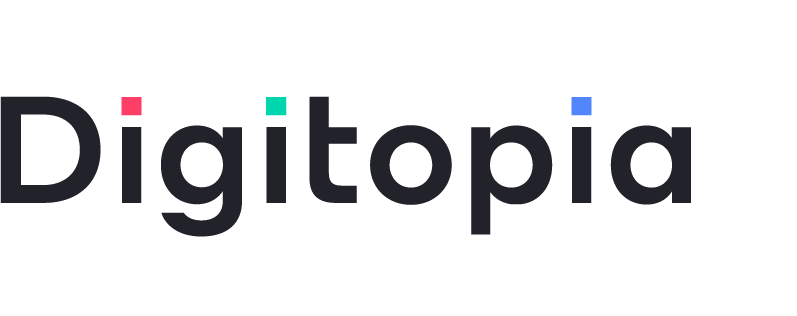How to Take a Holistic Approach to Your Business
by Julien Brandt | Updated Nov 9, 2021
Should you invest in social media, SEO or paid advertising? Is it better to spend your money and time on content marketing, or should you focus on developing new features on your website?
All of the above.
Creating a successful business involves all of these essential elements. SEO influences website visits. Having a great blog builds your audience’s trust in you and keeps Google happy (if you’re publishing fresh, interesting content).
Social media is where your customers are engaging online, and they’re accessing social platforms more and more from mobile devices. It all works together.
Here’s how to take a holistic approach when managing your digital marketing efforts:
Create a website that people enjoy visiting
A great website keeps people coming back for more. It’s informative, engaging and, most of all, it’s your company’s online home. Make visitors feel welcome.
Ask these questions when creating a website:
- Is your website visually appealing or is it cluttered and confusing?
- Is your website slow? You’re losing potential customers if your website takes too long to load.*
- Is the most important information on your website hard to find or is the structure of your website intuitive and easy to navigate ?
Get friends and family together and ask them to visit your website before you promote it. They should be able to navigate it easily and understand what it’s about immediately. Ask them for feedback and make the necessary changes.
*If you need help with this there are a lot of great tools that can help evaluate and speed up your website. As with everything, we are always happy to share our tools and resources, just ask!
Craft compelling content for your business
Your content is the voice of your company. It doesn’t begin and end with a well-written blog: All of the content on your site should be treated as a branding element for your online campaign.
To create content that keeps people engaged, focus on the following:
- Map our your content strategy and use a content calendar to ensure that what you write is not only timely but in line with your marketing efforts
- Create a content guide (as a part of your branding efforts) to make sure that all content is structured similarly and shares the theme and voice of your brand
- Content should answer the question ‘Who cares?’--If you don’t care about your content, your audience won’t finding it interesting either
- Use list stories, use video and images to optimize content and increase the amount of time people spend on your page
Understand the most important elements of a good Local SEO campaign
It all needs to start with a well built, nicely designed website that clearly conveys your brand and your offerings.
The site should:
- Be quick loading and well optimized with proper title tags, meta data, quality content, great images and video
- Keep people’s interest and convert visitors into leads. It should be coded using the latest practices
Once you have a great site with a solid foundation the next step is to start focusing on your backlink profile and your citations. Then:
- Claim and verify your Google+ page (AKA your “Google My Business” page)
- Begin creating directory listings (and other citations for your business) to help search engines take notice of your business
- Focus on consistency of your name, address and phone number (also known as NAP)
- Establish positive reviews and maintain a strong social media presence
Maintain a vibrant social media community
Once you’ve structured your website with the above elements and started your blogging campaign, it’s time to begin your social media campaign. Your social media calendar, like your content calendar, should feature upcoming events, product information, blog posts, and other content from your marketing efforts.
Pick the network that makes the most sense for your brand. Don’t feel as though you have to be on every network. Do one thing well rather than four things poorly.
Here are best practices for using social media:
- Outline your specific social media goals - click backs to your website, customer service, becoming a thought leader
- Use social media as a listening tool to determine what kind of content to share on your website/blog
- When posting, use links back to your site to generate traffic (especially on Twitter, these types of tweets get shared more often than others)
- Include a clear call to action (CTA). Ex, “Do you know the 5 essential rules of content marketing? Find this out and more here: [link]”
- Track your analytics frequently with tools like Facebook Analytics and Sprout Social to ensure that your social campaign is achieving the goals you have in mind
What else should a holistic online campaign include? Let us know in the comments below.





